Search Results
Fine Jewelry University Articles matching: “natural stone”
Showing only FJU Article results. Click here to show all results.
Fine Jewelry University (Show All FJU Articles)
-

How to Tell If a Diamond Is Natural or Lab Grown
…synthetic diamonds before continuing with this article. So, now you know that lab grown diamonds are just as real as natural diamonds, but we still want to be able to tell them apart. When it comes to diamond simulants like Cubic Zirconia (… they aren’t diamonds. But, with lab grown diamonds, the chemical structure and properties are all the same as natural diamond, so it becomes much more difficult to differentiate them. Responsible Disclosure The first thing to realize is …
-
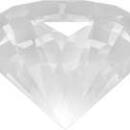
Fake Diamonds: The Great Diamond Attack
… intense colors. The colors they are making are somewhat unusual for the diamond trade. The common colors are a bright green and yellow/orange stones. Some call the colors antifreeze looking. Is this process a simple treatment of a natural stone or is it the manufacturing of a diamond using some natural elements? Regardless of way the industry calls it, I feel strongly that the customer must be told. I disclose all treatments and modification of a gem to all my clients and it …
-
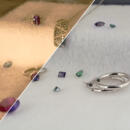
Gem in the Spotlight: Alexandrite
… of 8.5. Because of its high hardness, alexandrite is suitable for everyday wear. That being said, because of natural alexandrite’s tremendous value and rarity, it is recommended to be worn carefully or put in jewelry such as earrings or …is so famous, in fact, that color-change itself is often called “The Alexandrite Effect.” Stunning color change on a natural alexandrite. Alexandrite History and Lore Alexandrite was first found in the Ural Mountains in Russia in the 1830s. …
-
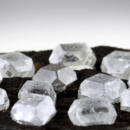
Is a Lab Grown Diamond Right for Me?
… of misinformation and paranoia both from inside the trade and from outside observers. I have heard people say that natural diamonds come with a 400% mark up, or that most mined diamonds are conflict diamonds (both wild falsehoods). On the … consumers’ minds. While the real world issue is not nearly as severe as many people believe it is (over 99.9% of natural diamonds are conflict free, and you can buy verifiable Canadian diamonds of known origin if you want), it is still …
-
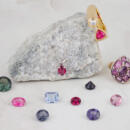
Gem in the Spotlight: Spinel
… by mistake. Since then many processes have been used and perfected to create spinel in even more colors than it is naturally found in. Because of how easily it can be created in a lab, synthetic spinel has been used to imitate many other ….). In fact, the ubiquity of synthetic spinel may be part of the reason why most people have been slow to appreciate natural spinel in its own right. Interestingly, most lab-created spinel has a slightly higher refractive index than natural …
-
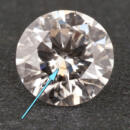
What Are Lab Grown Diamonds?
… is being created. Therefore, a “synthetic diamond” has the same crystal structure and chemical composition as a natural diamond. The same cannot be said of the many imitation or fake gems that are often, incorrectly, described as synthetic … highly advanced technologies that produce crystals with the exact same chemical structure and optical properties as natural diamonds. Now, let’s compare lab grown diamonds to some of the other gems that you might have heard of. Lab Grown …
-
Synthetic Gems: The Whole Story
… gemologist to detect. But if you had gem material that is the same chemically, optically and crystal structure as a natural gem, it would be very hard to tell them apart. In gemology we call this a synthetic gem. Synthetic gems are not bad…a man made synthetic ruby has the same exact chemical formula and crystal structure and optical characteristics as a natural ruby. How can a person tell them apart? I will tell you it is very very hard. It takes a lot of training, very good …
-
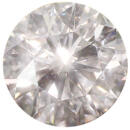
Diamond Buying Guide: The 4 C’s
…gold, it may appear to be much more yellow than it is. Fancy color diamonds are a fun, non-traditional option. While natural fancies can be very rare and extremely expensive, we now have the technology to permanently color a white diamond to…imagine. You can read more about fancy diamond colors here. Clarity Most diamonds contain inclusions. Inclusions are natural birthmarks and useful as identifying characteristics. Clarity grading is done with 10 power magnification. The …
-
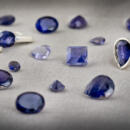
Gem in the Spotlight: Iolite
…violet. Unlike many other popular gems, iolite cannot be heat treated to enhance its color. The color you see is the natural color of the stone when it was first discovered. This adds value to many gem buyers who don’t want a treated …refers to iolite’s pleochroic nature. iolite cannot be heat treated to enhance its color. The color you see is the natural color of the stone when it was first discovered. Coming in at 7 to 7.5 on the Mohs hardness scale, iolite is a …